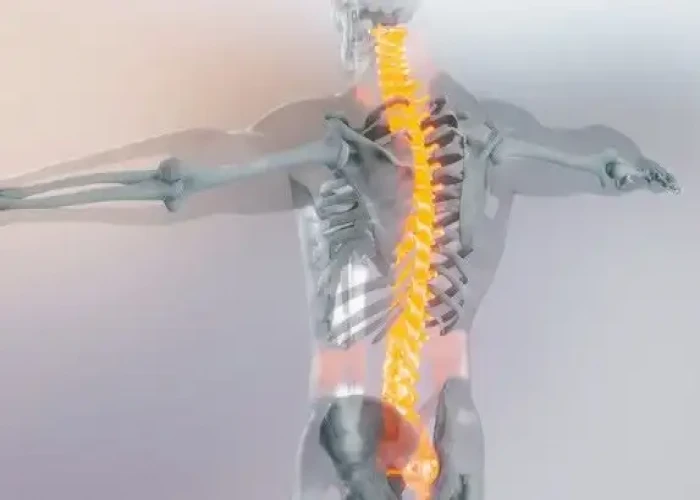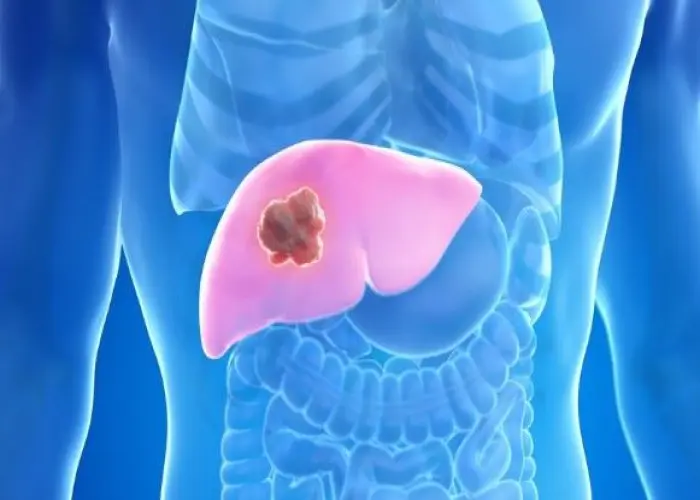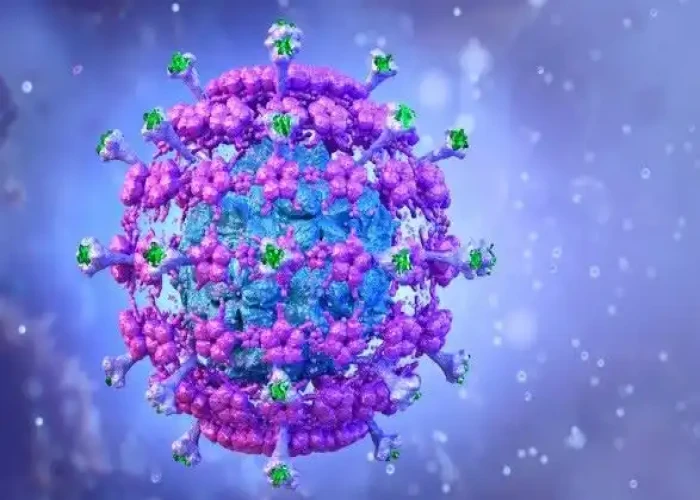 Welcome
Welcome
“May all be happy, may all be healed, may all be at peace and may no one ever suffer."
Spinal arteriovenous malformation (AVM)

A spinal arteriovenous malformation (AVM) is an abnormal tangle of blood vessels that form a cluster in the spinal cord. AVMs can disrupt the normal flow of blood through the spinal cord, causing a range of symptoms and complications.
The exact cause of spinal AVMs is not well understood, but they are thought to be related to the abnormal development of blood vessels in the spinal cord. Spinal AVMs are relatively rare, and often go undiagnosed until they begin to cause symptoms.
The symptoms of spinal AVMs can vary depending on the location and size of the AVM. Some common symptoms include back pain, numbness or weakness in the limbs, difficulty walking or standing, bladder or bowel dysfunction, and muscle spasms. In severe cases, spinal AVMs can cause paralysis, loss of sensation, and other neurological problems.
Treatment for spinal AVMs may involve surgery to remove or repair the AVM, or radiation therapy to shrink the AVM. In some cases, embolization, a minimally invasive procedure that involves injecting a material into the blood vessels to block blood flow, may be recommended to reduce the size of the AVM. The specific treatment approach will depend on the location and size of the AVM, as well as the severity of the symptoms.
Without treatment, spinal AVMs can cause significant complications, including permanent neurological damage and paralysis. It is important for individuals with symptoms of a spinal AVM to seek medical attention as soon as possible for diagnosis and treatment.
Research Papers
Disease Signs and Symptoms
- Numbness
- Leg pain
- Weakness
- Back pain
- Frequent bowel movements
- Headaches
- Sensitivity to light (Photophobia)
- Stiff neck
- Difficulty urinating or moving bowels
Disease Causes
Spinal arteriovenous malformation (AVM)
The specific cause isn't known. Most spinal AVMs are present at birth (congenital), but others may occur later in life.
Disease Prevents
Disease Treatments
Treatment for spinal AVM may involve a combination of approaches to lessen symptoms as well as reduce the risk of potential complications. The choice of treatment will depend on the size, location and blood flow of your spinal AVM, your neurological exam, and your overall health.
The goal of spinal AVM treatment is to reduce the risk of hemorrhage and stop or prevent the progression of disability and other symptoms.
Medication
Pain-relieving medications may be used to reduce symptoms such as back pain and stiffness, but most spinal AVMs will eventually require surgery.
Surgery
Surgery is usually needed to remove a spinal AVM from the surrounding tissue. There are three ways to remove the spinal AVM:
- Conventional surgery. In this procedure, a surgeon makes an incision to remove the AVM, taking care to avoid damaging the spinal cord and other surrounding areas. Surgery is usually performed when the AVM is fairly small and in an area of the spinal cord that's easy to reach.
- Endovascular embolization. Endovascular embolization is a minimally invasive radiological procedure used to reduce the risk of hemorrhage and other complications associated with spinal AVMs.
- In endovascular embolization, a catheter is inserted into an artery in your leg and threaded to an artery in your spinal cord that is feeding your AVM. Small particles of a glue-like substance are injected to block the artery and reduce blood flow into the AVM. It doesn't permanently destroy the AVM.
- Your doctor may recommend endovascular embolization before conventional surgery to reduce the risk of bleeding during surgery or to reduce the size of the AVM so that surgery is more successful.
- Radiosurgery. This procedure uses radiation focused directly on the AVM to destroy the blood vessels of the malformation. Over time, those blood vessels break down and close up. Radiosurgery is most often used to treat small, unruptured AVMs.
Your doctor will discuss the benefits and risks of surgery to remove your AVM. The close proximity of the AVM to the spinal cord means spinal AVM surgery is a technically difficult and complex procedure that should be performed by an experienced neurosurgeon.
Disease Diagnoses
Disease Allopathic Generics
Disease Ayurvedic Generics
Disease Homeopathic Generics
Disease yoga
Spinal arteriovenous malformation (AVM) and Learn More about Diseases

Retention of Urine

Hyperoxaluria and oxalosis

Bed-wetting

Viral gastroenteritis (stomach flu)

Osteosarcoma

Shingles

Broken hand

Sun allergy
Spinal arteriovenous malformation, avm, মেরুদণ্ডের ধমনী বিকৃতি, এভিএম
To be happy, beautiful, healthy, wealthy, hale and long-lived stay with DM3S.
